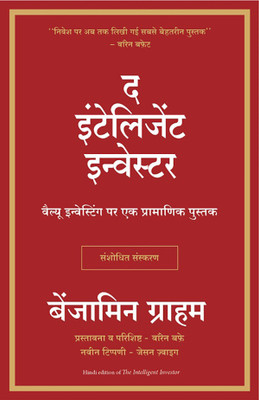
Get notified when this item comes back in stock.
Unix Programming for BE VTU Course 18 OBE & CBCS (V- CSE -18CS56) (Paperback, I. A. Dhotre)
Share
Unix Programming for BE VTU Course 18 OBE & CBCS (V- CSE -18CS56) (Paperback, I. A. Dhotre)
2.7
3 Ratings & 0 ReviewsSpecial price
₹207
₹300
31% off
Sold Out
This item is currently out of stock
Highlights
- Binding: Paperback
- Publisher: Technical Publications
- ISBN: 9789390041527
- Edition: 1st, 2020
- Pages: 292
Seller
Description
Module 1 Introduction: Unix Components / Architecture. Features of Unix. The UNIX Environment and UNIX Structure, Posix and Single Unix specification. General features of Unix commands / command structure. Command arguments and options. Basic Unix commands such as echo, printf, s, who, date, passwd, cal, Combining commands. Meaning of Internal and external commands. The type command: knowing the type of a command and locaing it. The root login. Becoming the super user: su command. Unix Files: Naming files. Basic file types / categories. Organization of files. Hidden files. Standard directories. Parent child relationship. The home directory and the HOME variable. Reaching required files - the PATH variable, manipulating the PATH, Relative and absolute pathnames. Directory commands - pwd, cd, mkdir, rmdir commands. The dot (.) and double dots (..) notations to represent present and parent directories and their usage in relative path names. File related commands - cat, mv, rm, cp, wc and od commands. (Chapters - 1, 2) Module 2 File attributes and permissions: The s command with options. Changing file permissions: The relative and absolute permissions charging mehods. Recursively changing file permissions. Directory permissions. The shells interpretive cycle: Wild cards. Removing the special meanings of wild cards. Three standard files and redirection. Connecting commands: Pipe. Basic and Extended regular expressions. The grep, egrep. Typical examples involving different regular expressions. Shell programming: Ordinary and environment variables. The .profile. Read and readonly commands. Command line arguments. exit and exit status of a command. Logical operators for conditional execution. The test command and its shortcut. The if, while, for and case control statements. The set and shift commands and handling positional parameters. The here ( <<) document and trap command. Simple shell program examples. (Chapters - 3, 4) Module - 3 UNIX File APIs: General File APIs, File and Record Locking, Directory File APIs, Device File APIs, FIFO File APIs, Symbolic Link File APIs. UNIX Processes and Process Control: The Environment of a UNIX Process: Introduction, main function, Process Termination, Command - Line Arguments, Environment List, Memory Layout of a C Program, Shared Libraries, Memory Allocation, Environment Variables, setjmp and longjmp Functions, getrlimit, setrlimit Functions, UNIX Kernel Support for Processes. Process Control: Introduction, Process Identifiers, fork, vfork, exit, wait, waitpid, wait3, wait4 Functions, Race Conditions, exec Functions. (Chapters - 5, 6) Module - 4 Changing User IDs and Group IDs, lnterpreter Files, system Function, Process Accounting, User Identification, Process Times, I/O Redirection. Overview of IPC Methods, Pipes, popen, pclose Functions, Coprocesses, FIFOs, System V IPC, Message Queues, Semaphores. Shared Memory, Client - Server Properties, Stream Pipes, Passing File Descriptors, An Open Server - Version 1, Client - Server Connection Functions. (Chapter - 7) Module - 5 Signals and Daemon Processes: Signals: The UNIX Kernel Support for Signals, signal, Signal Mask, sigaction, The SIGCHLD Signal and the waitpid Function, The sigsetjmp and siglongjmp Functions, Kill, Alarm, Interval Timers, POSIX.b Timers. Daemon Processes: Introduction, Daemon Characteristics, Coding Rules, Error Logging, Client - Server Model. (Chapter - 8)
Read More
Specifications
University Books Details
| Stream |
|
| Degree/Diploma |
|
Additional Features
| Age Group |
|
Book Details
| Title |
|
| Publication Year |
|
| Product Form |
|
| Publisher |
|
| ISBN13 |
|
| Book Category |
|
| Book Subcategory |
|
| Edition |
|
| Intended Audience |
|
| Language |
|
| University |
|
Ratings & Reviews
2.7
★
3 Ratings &
0 Reviews
- 5★
- 4★
- 3★
- 2★
- 1★
- 1
- 0
- 0
- 1
- 1
Have you used this product? Be the first to review!
Be the first to ask about this product
Safe and Secure Payments.Easy returns.100% Authentic products.
Back to top




